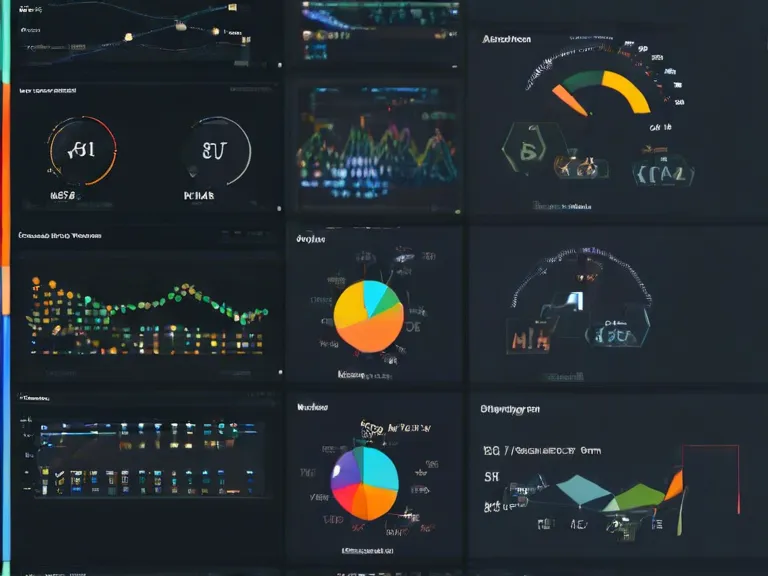
Practical Steps for Cleaning and Preparing Data for Analysis
Data is at the heart of every analysis, but before you can derive any meaningful insights, you need to make sure your data is clean and prepared. Messy, inconsistent, or incomplete data can lead to inaccurate results and flawed conclusions. To ensure the quality of your analysis, follow these practical steps for cleaning and preparing your data.
Identify and Understand Your Data: Start by getting familiar with your data. Understand the variables, their meanings, and how they relate to each other. Identify any missing or duplicate values, outliers, or errors that may impact your analysis.
Clean Missing Data: Deal with missing values by either removing the rows or columns with missing data, filling in missing values with averages or medians, or using advanced imputation techniques. Make sure to document your process to maintain transparency.
Standardize Data Formats: Ensure consistency in data formats by converting data types, such as dates, currencies, or measurements. This will prevent errors when performing calculations or comparisons.
Remove Duplicates: Eliminate any duplicated rows or entries in your dataset to avoid skewing your analysis. Use unique identifiers to identify and remove duplicate records.
Normalize and Scale Data: Normalize numerical features to bring them to a similar scale. This will prevent variables with larger values from dominating the analysis. Standardize your data to have a mean of 0 and a standard deviation of 1.
Feature Engineering: Create new features or transform existing ones to better represent the underlying patterns in your data. This could involve encoding categorical variables, extracting relevant information from text data, or deriving new features from existing ones.
Validate Data Quality: Perform a final check on the quality of your data before proceeding with analysis. Run quality checks, validate assumptions, and ensure that your data is ready for modeling and interpretation.
By following these practical steps for cleaning and preparing your data, you can ensure the reliability and accuracy of your analysis results. Remember, the quality of your data directly impacts the quality of your insights.



